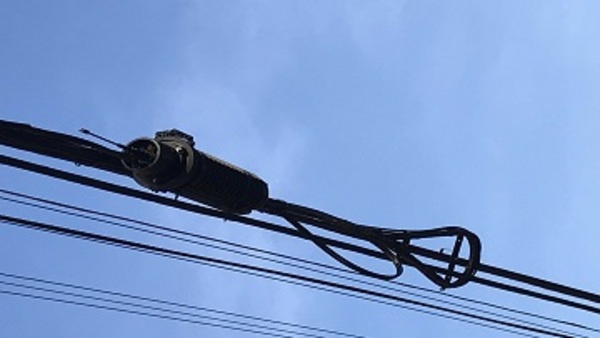
Network construction needs should be guided by similar logic
There are two basic OSP fiber networks; point-to-point and point-to-multipoint. There are also cable types that simply make better sense in each situation.
Point-to-point networks are intended to essentially deliver access or service from one location to another. A good example is linking two substations together. The concept here is that new substations just do not crop up often and do not occur in clusters. In contrast, Point-to-multipoint networks are developed with the understanding that there will be an array of drop-off and pick-up points along the route, and new points cropping up as areas are developed, often in clusters.
Two different networks, like two different bodies of water. There are also cabling solutions that best suit each just like the watercraft. Let’s look at the key differences between ADSS and lashed fiber, and how you might determine which one is better suited for these two basic OSP fiber networks.
CLICK TO TWEET: A great debate? ADSS vs. lashed fiber.
ADSS, or all-dielectric self-supporting cable, is a cable that requires no metallic strand in aerial applications and is commonly used in proximity to high voltage. ADSS can certainly be deployed in the communications space, but not without a few challenging consequences. First, pre-planned splice closure locations must be used with ADSS because the closures must be pole-mounted. Elimination of a hanging strand with ADSS is positive from a cost perspective, but it also means no additional cables may be lashed to the ADSS cable, and all branch cables and drop cables must be attached to the pole directly as no midspan attachments may be made.
Deploying ADSS in a point-to-multipoint FTTx project can drive up costs in several ways:
- Every access point requires double dead ends at the pole.
- Hardware is required for securing cable to pole for routing it to splice closures.
- Figure eights require double dead ends and special hardware for slack that passes the pole to be secured properly.
- Drop cables need to be fixed directly to the pole, which either requires more access locations or a need to make drop attachments on the adjacent poles until reaching the one closest to the subscriber premise. If those pole spans are too long, a drop cable under wind/ice load will typically reach fiber strain causing an outage.
In cases where connections are point-to-point, and especially if some routes must be taken in the power space, ADSS cables are appropriate solutions. This is not to say that lashed fiber would be inappropriate in this application. Many networks are built with strand and lashed fiber in the power space; you simply need to bond the strand at every other pole.
Unlike ADSS, lashed fiber requires strand to be placed, so the strand bears all the environmental load. For this reason:
- Additional cables may be added as future network growth requires.
- Equipment may be placed directly on the strand, including splice closures and active devices like 5G small cells.
- Drop and branch cables can be brought off mid-span without affecting the cable lashed to the strand. If a drop or multiple drop needs to be run down a series of poles to access the subscriber from an access point further away, those cables can also be lashed up eliminating concerns of fiber strain due to wind/ice loading on long spans.
- The working space on the poles remains open and safer. In places where the risk of damage from rifles/shotguns and squirrel chew are of concern, lashed fiber cables with steel tape armor may be installed. This provides a layer of protection not available in ADSS cables.
A cost debate that is often thrown around when discussing lashed fiber cable is the need for make-ready. The reality is both ADSS and strand construction will require some amount of make-ready work. While there is typically a greater need for make ready with strand, the cost of that make-ready is far outweighed by the benefits of a more flexible network. Every effort has a cost, but it is often the hidden future costs that surprise us the most. As networks and network demands evolve, flexibility is worth the investment.
When either ADSS or lashed fiber cable networks are built properly maintenance cost differences are neutral. Life expectancy for both networks will be similar if good construction practices and handling processes are followed, evidenced by lashed fiber cable networks that have been in operation for more than 40 years. Those networks were built before ADSS cables were introduced and are still expected to provide many more years of service.






